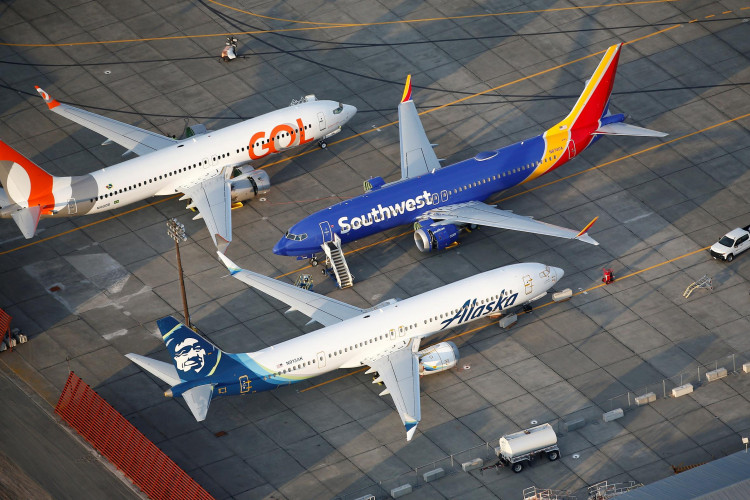Alaska Airlines' proposed $1.9 billion acquisition of Hawaiian Airlines has successfully cleared a significant regulatory hurdle with the U.S. Department of Justice (DOJ), bringing the two carriers one step closer to finalizing their merger. The approval from the DOJ marks a key milestone in the process, occurring eight months after the initial announcement of the merger, which, if completed, will be the largest consolidation of U.S. airlines since Alaska's merger with Virgin America eight years ago.
In a statement released on Monday, Alaska Airlines confirmed that the DOJ had completed its regulatory investigation under the Hart-Scott-Rodino Antitrust Improvements Act without filing a lawsuit to block the deal. "This is a significant milestone in the process to join our airlines," the company said, highlighting the importance of the DOJ's decision in the progression of the merger.
However, the merger is not yet finalized. The next crucial step involves obtaining approval from the U.S. Department of Transportation (DOT), which is responsible for evaluating whether the merger aligns with the public interest. The timeline for the DOT's review remains unclear, leaving the finalization of the merger still pending.
The merger comes at a time when Hawaiian Airlines has been grappling with a series of challenges, including the devastating wildfires in Maui, increased competition from Southwest Airlines, and a slower-than-expected recovery of travel to and from Asia following the COVID-19 pandemic. Hawaiian Airlines has reported net losses in all but one quarter since the start of 2020, though company executives have recently indicated that booking trends are beginning to improve.
Despite these challenges, the announcement of the DOJ's clearance provided a boost to Hawaiian's stock, which saw an increase of nearly 9% in premarket trading on Tuesday. In contrast, Alaska Airlines' shares remained relatively flat. Hawaiian's shares have been on the rise this quarter, up nearly 12% as of Monday, even as other airlines have seen declines.
The merger, which was first announced in December, is expected to create a combined fleet of more than 360 airplanes serving over 130 destinations. Under the terms of the agreement, both airlines will maintain their individual brands but will operate under a unified platform, aiming to enhance the overall reach and efficiency of their operations.
The importance of this merger extends beyond the airlines themselves. Hawaii's Governor Josh Green expressed optimism about the benefits the merger could bring to the state, particularly in terms of expanding travel options for residents. "The merger will vastly expand the number of destinations throughout North America for Hawai'i residents that can be reached nonstop or one-stop from the islands," Governor Green stated. He also emphasized that HawaiianMiles members would retain the value of their miles while gaining access to more destinations around the world.
However, mergers in the airline industry have not gone unchallenged. The aviation sector has faced rigorous scrutiny from regulators, as evidenced by the DOJ's recent success in blocking JetBlue Airways' $3.8 billion acquisition of Spirit Airlines. This increased regulatory scrutiny has led to heightened caution among airlines considering mergers and acquisitions.






